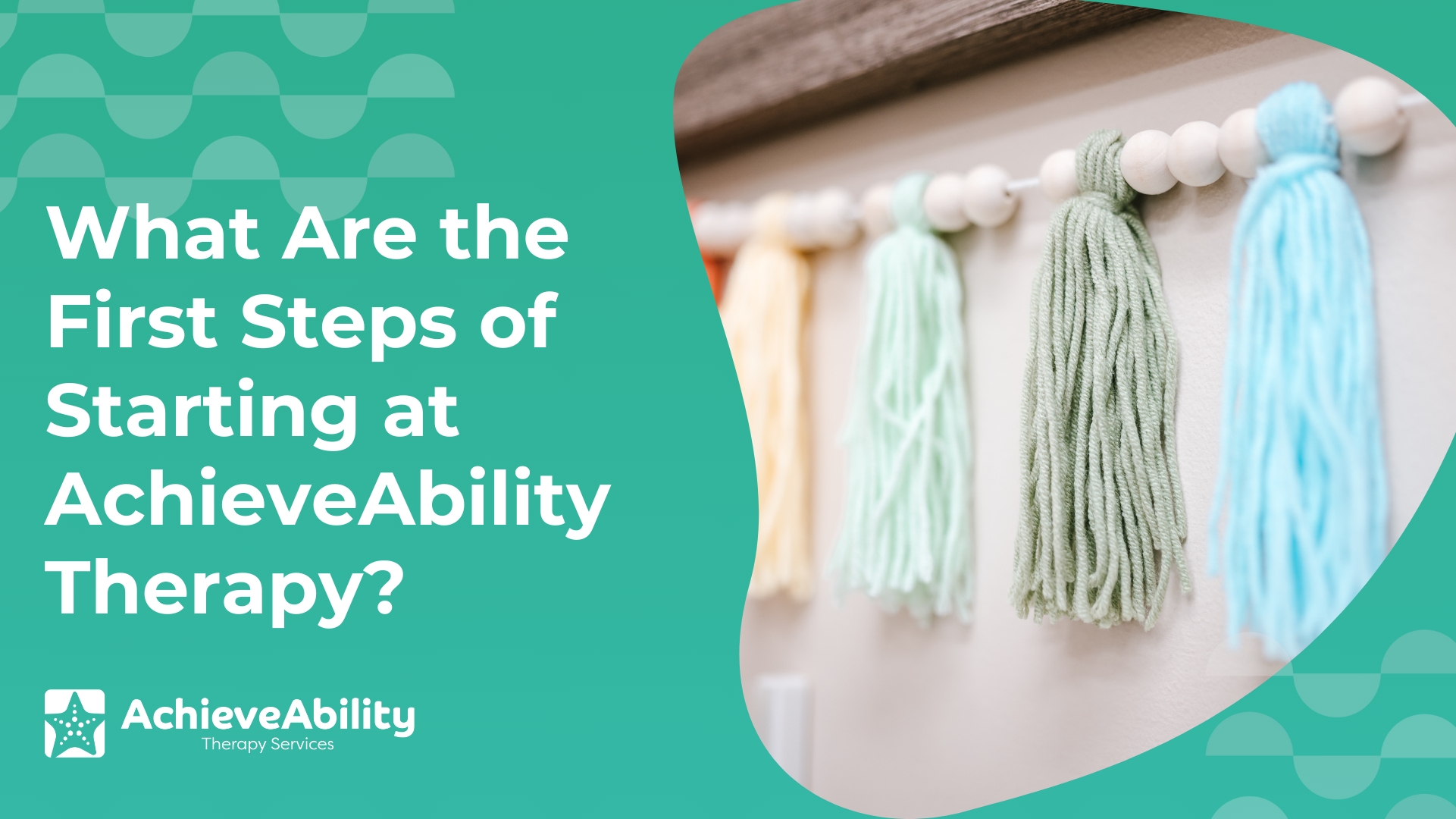Learning to understand social cues is a natural part of child development. No one is born understanding social norms, but we develop the skills to navigate the world around us over time. Some children have more difficulty understanding those cues than others. There are many reasons why a child might struggle to recognize social cues; one of the most common is if they have been diagnosed with autism spectrum disorder.
There are several theories as to why children on the autism spectrum struggle to recognize social cues. One is that a lack of eye contact causes them to miss out on the facial expressions or body language being conveyed. Other theories involve a child’s ability to understand each situation in context. The idea that we would speak one way to an adult and another way to a child or that we would modulate the tone of our voice based on whether we are indoors or outdoors might not be obvious to them.
The great news is that teaching people to learn and recognize social cues is possible. Even if social cues never come naturally to them, your child can have healthy relationships and come to understand social interactions with the right child development tools.
Identify Areas For Improvement
The thing about misunderstanding social cues is that you don’t really know when you’re misstepping. As you work with your child to help them understand social cues better, an important first step is to help them identify events or relationships where they need to be aware of their behavior.
For example, speaking respectfully to their teachers or responding to other children they want to play with. Knowledge is power, and it’s helpful for you and your child to be prepared.
Teach New Behaviors
Once you’ve identified areas for improvement, you can work to outline new behaviors that you want to implement. For example, we want to learn to communicate respectfully with our authority figures. What does that mean? We listen carefully, follow instructions, and we say please and thank you. You may even include an example like a teacher or grandparent in the conversation. That way, other people are helping meet the goal.
Role Play Scenarios
Practice makes perfect! Of course, the goal here isn’t perfection, but when we practice the behaviors we want to promote, they become easier to replicate. Roleplaying certain scenarios with your child, like how to talk to a new friend on the playground or what to do when your pediatrician asks a question, can be so helpful. When we give our kids the tools to communicate in a given situation, we can lessen the anxiety caused by the interaction at the moment.
Be Patient And Encouraging
Remember, this is a learning experiment for you and your child. Chances are they won’t get it right the first time or maybe even the first couple of times, but the more you practice, experiment, and give your child the tools they need to be successful communicators, the better they’ll be in the long run. Remember, this is a marathon, not a sprint, and the skills you are helping your child develop today will pay off for the rest of their lives.
As parents, we all want the very best for our children, and it can be hard to watch our children struggle in any way, especially to develop meaningful relationships. When children struggle to understand social cues, it can create a gap between them, their peers, and the adults in their lives. One of the great responsibilities of applied behavioral therapy is to guide children and their families through challenges just like this.
If you have questions about your child’s development or could use some support as you help them navigate social situations they encounter, our therapists can help. Contact our office today to learn more about the services we provide.







